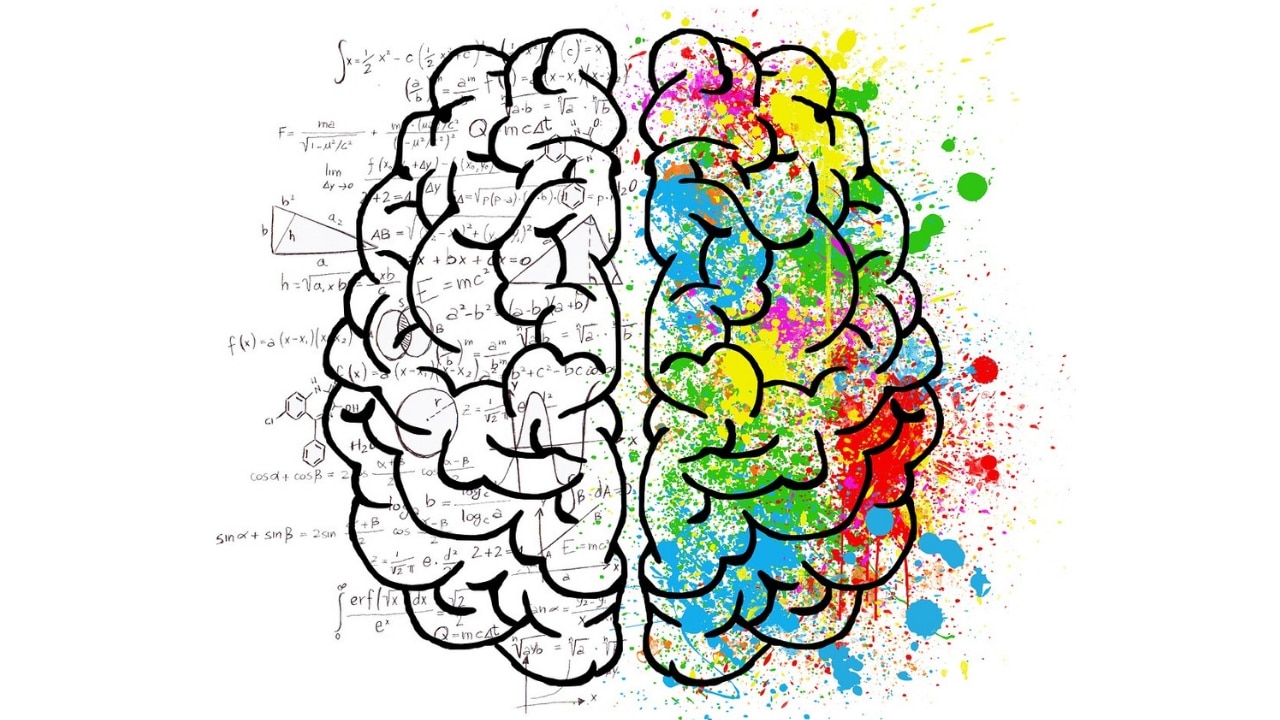
Loosely, in the words of Einstein, creativity is the intellect at play. That means the ability to innovate and invent goes hand-in-hand with intelligence, it’s the same trait but wearing a different mask.
As a teacher, you may feel that is good and well but how do you engage students that are more attuned to creative approaches, when you’re handling a highly intellectual topic – like algebra? The trick is to reach a point of Active Learning. Active Learning is not about being physically active, rather, it refers to the point at which a child’s attention is fully engaged in the topic he is discovering. The creative child will require a different approach to achieve this state.
Identifying and Understanding the Creative Child
Creative children are typically lateral thinkers. That means they can observe a problem from multiple angles. This approach is often called divergent thinking because they’re adept at finding an alternative route to approaching a problem. That’s where the innovation comes in. Their thinking process is also far more pliable – they’re open-minded and don’t conform to rigidity at all. These students can be identified as the primary contributors in brainstorm sessions, they become playful, humourous, and their ideas are animated and highly unconventional.
Teaching the Creative Child
Maths is a particularly difficult subject because there are established pathways to the solution and the creative must conform to existing strategies. Success has been better when the teaching method aims to even the playing field – getting the non-creatives to challenge their creativity while you use methods that naturally engage the creatives to impart the lesson material;
Present conflicting situations for learners to solve – This will engage students in a number of healthy practices, like engaging in a discussion in a civilised manner when someone may have an opposing viewpoint. It also gives the students an opportunity to delve into different thought paths.
Allow students the space to express themselves – This means leaving the lesson materials open to interpretation, and this is also what true learning is. It allows a student to experiment with a topic in their minds and interpret it, which means it has in one way or another, been digested, mentally. Those that are intellectually inclined might also be inspired to think outside of the box.
Understanding the creative’s learning method – A large number of creative learners assimilate information by ‘doing’ as opposed to watching or listening. It may help to present them with a problem and leave them to innovate the solution, rather than demonstrate the known methods and expecting them to simply follow suit.
Learners can fall into learning categories – if you feel a student may benefit from a different approach, discover which learning method would be best with Mindprint;
There is great success in engaging the creative child in a classroom setting, it simply takes a fresh approach. The newer learning methods promote a far greater level of engagement, which in itself has proven more effective. We are always available to assist, if you have any questions, get in touch with us.